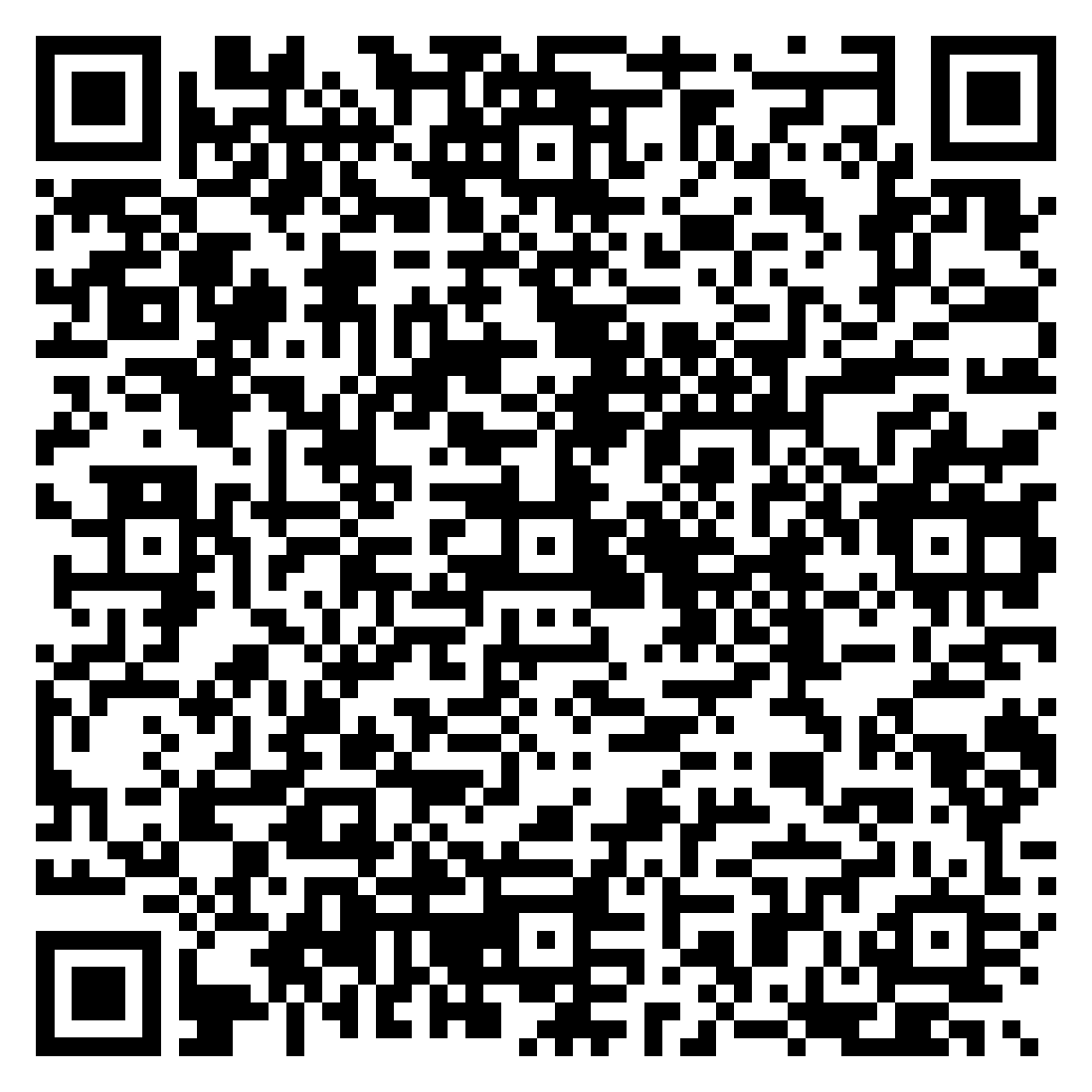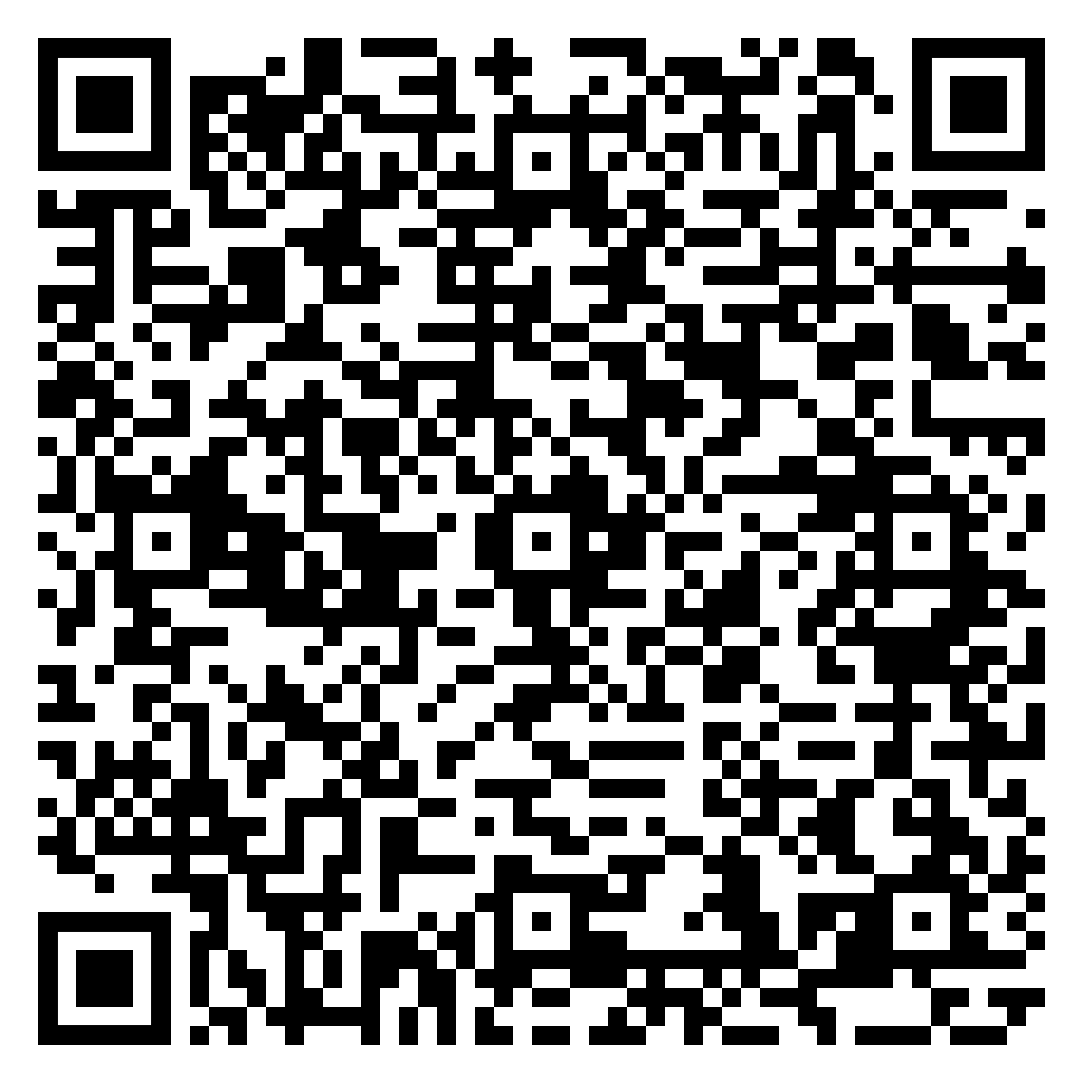
Prioritize your mental well-being daily. Enhance your life by nurturing your mental health with the Smart Meditation app. Break free from stress, alleviate anxiety, and enhance your sleep quality starting today.
Can Reagent Test For Xanax?
Unveiling the Mystery: Can Reagent Tests Detect Xanax?
In the realm of substance testing, the curiosity about what specific tests can identify is always brimming. Among the myriad of substances, Xanax, a widely known benzodiazepine prescribed for anxiety and panic disorders, often comes under scrutiny. Whether you’re a concerned individual or a science buff, understanding the capability of reagent tests to detect Xanax unveils layers of both science and safety.
The Science Behind Reagent Tests: A Quick Dive
Before we dive into the heart of the matter, let’s skim through what reagent tests are. Essentially, they’re chemical solutions that react in diverse ways when exposed to various substances. By observing changes in color, one can infer the presence (or absence) of specific compounds. Now, isn’t that a neat trick? These tests are popular in forensic science, environmental testing, and yes, even at music festivals where safety is paramount.
The Xanax Conundrum: To Detect or Not to Detect?
So, onto the burning question – Can reagent tests flag the presence of Xanax? Well, buckle up, because the answer isn’t a straightforward ‘yes’ or ‘no.’
Reagent tests are champs at identifying a wide range of substances, particularly psychedelics, stimulants, and other recreational drugs. However, when it comes to benzodiazepines like Xanax (also known by its generic name, alprazolam), the waters get a bit murkier. The standard reagent kits (think Marquis, Mecke, and Mandelin) are not specifically designed to detect benzodiazepines. That’s a bit of a bummer, right?
But here’s the twist in the tale – specialized reagent tests that target the benzodiazepine class do exist. These kits, albeit less common and a tad more specialized, can indeed provide indicators of Xanax’s presence among other substances. It’s a bit like having a secret decoder ring that uncovers hidden messages.
Navigating the Testing Terrain
If you’re keen on testing for Xanax or any other benzodiazepine, here’s a handy snippet on going about it:
- Seek Out Specialized Kits: For benzodiazepines, you’re looking for the Zimmermann reagent among others. It’s like choosing the right key for the lock.
- Follow Directions to a T: Precision is your best friend here. A slip in procedure could lead to a wild goose chase.
- Interpreting Results: Remember, a reagent test doesn’t give you a green or red light; it’s more of a clue in a detective story. Changes in color provide insights into what the substance might be.
Words of Caution
While reagent testing is a phenomenal tool in substance analysis, it’s crucial to remember it’s not infallible. False positives and negatives can occur, and it’s no substitute for a comprehensive lab analysis. It’s akin to using a flashlight in the dark; it shines a light but doesn’t illuminate everything.
Wrapping it Up: The Takeaway
In the grand scheme of things, while reagent tests might not traditionally detect Xanax straight off the bat, specialized kits do offer a glimmer of hope. It’s a testament to the incredible strides in the realm of forensic and chemical testing. Whether you’re safeguarding your health or satisfying a scientific curiosity, the key lies in using the right tools and approaches. Remember, knowledge is power, and in this case, it could also be a beacon of safety.




